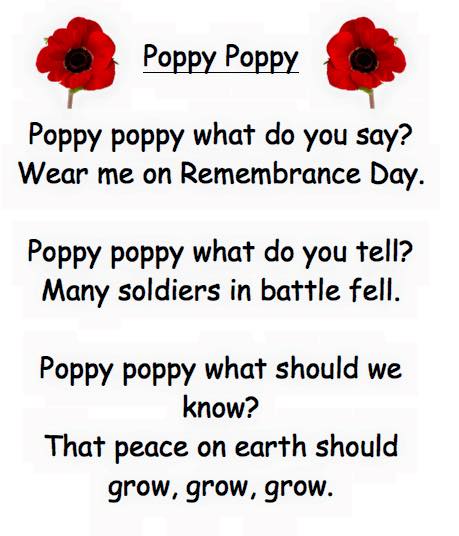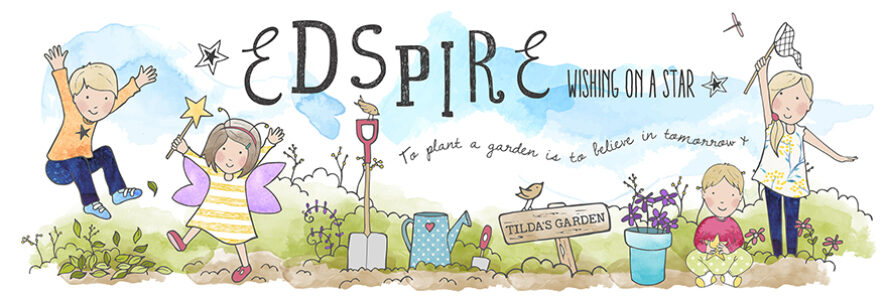Today I am missing the school remembrance service
Parents and villagers are invited in to school
To share our remembrance of those who have fallen in conflict
In war
I am really proud of the service and I hope that it is well received
I know the staff and children will do a wonderful job
Of remembering and honouring
Here is the service
The readings are adapted from the Children and Youth website
A Service To Remember
Children and guests enter the hall to Abide With Me
Year 2 children read this poem as a conversation

Reader 1
Every year at the beginning of November, people begin to wear poppies. We all know that it’s something to do with remembering people who have died in wars, but sometimes it can feel that it doesn’t have much to do with us personally. But if you are one of the many people who have been affected by recent wars such as those in Iraq and Afghanistan you probably wish that other people knew more about the sacrifices that soldiers have made, and continue to make.
Reader 2
The story of the poppy begins during the First World War, or, as it was more commonly known back then, The Great War.
Reader 3
The Great War broke out a hundred years ago in July 1914. It seems hard to believe now, but there were celebrations in the streets and long queues of young men at army recruiting offices, eager to join up. They dreamed of heroism on the battlefields, winning medals to the glory of Great Britain and wanted to put the “upstart Germans” back in their place. It would all be over by Christmas, or so they thought.
Reader 4
But this was war on a scale that had never been seen before. This was the first war to use aeroplanes, tanks and submarines; and machine guns, mortars and poison gas meant that thousands of people could be killed in minutes. In the face of such overwhelming destructive power, defence became increasingly important, so miles and miles of slimy trenches were dug across northern France and Belgium.
Reader 5
Patriotic enthusiasm soon evaporated to be replaced by grim disillusionment. These poems help to sum up the feelings of the average soldier at the time:
Teacher 1
After the Battle of Ypres in 1915, field surgeon John McCrae wrote a poem called In Flanders Fields about the bright red poppies that grew in the desolate mud of the battlefield and on the graves of his fallen comrades.
In Flanders fields the poppies blow
Between the crosses, row on row,
That mark our place; and in the sky
The larks, still bravely singing, fly
Scarce heard amid the guns below.
We are the Dead. Short days ago
We lived, felt dawn, saw sunset glow,
Loved, and were loved, and now we lie
In Flanders Fields.
Take up our quarrel with the foe:
To you from failing hands we throw
The torch; be yours to hold it high.
If ye break faith with us who die
We shall not sleep, though poppies grow
In Flanders Fields.
Teacher 2
A woman called Moina Michael read the poem and wrote her own – called We Shall Keep the Faith – in response. She began to wear a poppy to remember the dead and sold them to raise money for the injured.
Oh! you who sleep in Flanders Fields,
Sleep sweet – to rise anew!
We caught the torch you threw
And holding high, we keep the Faith
With All who died.
We cherish, too, the poppy red
That grows on fields where valor led;
It seems to signal to the skies
That blood of heroes never dies,
But lends a lustre to the red
Of the flower that blooms above the dead
In Flanders Fields.
And now the Torch and Poppy Red
We wear in honour of our dead.
Fear not that ye have died for naught;
We’ll teach the lesson that ye wrought
In Flanders Fields.
At the 11th hour on the 11th day of the 11th month in 1918, the guns finally fell silent. So many people died during the war that it’s impossible to get accurate figures, but around 17 million were killed and over 20 million were injured. The American President at the time, Woodrow Wilson, called it “The war to end all wars”.
Reader 6
But he was wrong. Conflict continued throughout the twentieth century and on into the twenty-first: The Second World War, the Korean War, the Vietnam War, the Falklands War, the Gulf War, the Bosnian War, the Iraq War, the Libyan Civil War, the Syrian Civil War, and now the fighting in Northern Iraq. Millions more people have lost their homes and families, or been injured or killed.
Reader 7
Some people wear the poppy as a symbol of support for soldiers who are still fighting, but that was never the intention when the tradition began. It was worn as a reminder of all the people who had died; a reminder that all people should help to create a world where men, women and children did not have to die in bloody conflict. So in many ways, it could be seen as a symbol of peace.
Reader 8
Many of our parents and grandparents will know of people in our families who died in the Second World War. Some of our parents will know of someone who died in more recent conflicts. Some of us will personally know of someone who died in Iraq or Afghanistan, or Bosnia. The terrible consequences of war continue to be felt.
Teacher 1 introduces two minute silence presentation from Twinkl, explaining why we have the silence and recounting details of the first two minute silence in 1919.
Year 2 read their poem again

The Last Post
During The Last Post the Headteacher leads the school in prayer using the words shown on the screen
Children leave the hall to It’s A Long Way to Tipperary / Pack Up Your Troubles remembering we honour the fallen in our lives every day by making the most of our lives and our freedom
Freedom we owe to them

What a beautiful service…It sounds like a lot of thought went into it x